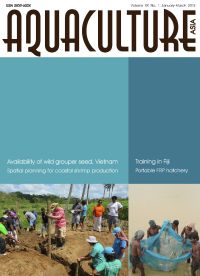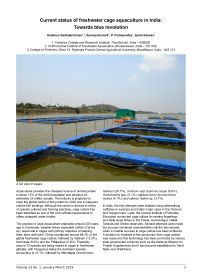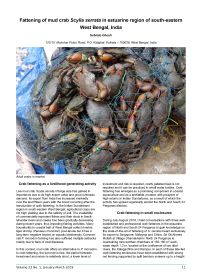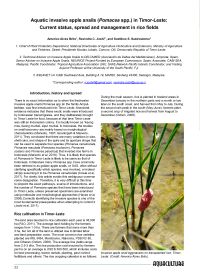Aquaculture Asia Magazine, January-March 2019
21 January 2019 | 15839 views | .pdf | 10.37 MB | Aquatic plants, Cambodia, China, Crabs and lobsters, Freshwater finfish, Governance and Policy, Health and Biosecurity, India, Inland aquaculture, Molluscs (shellfish and other), Environment and Sustainability, Thailand
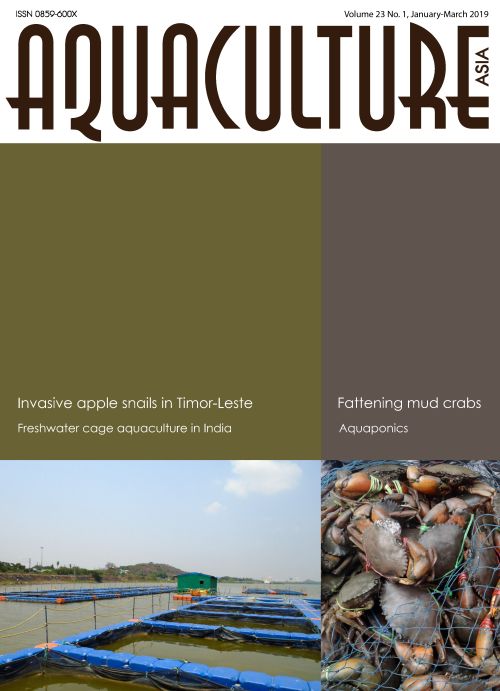
In this issue:
- Current status of freshwater cage aquaculture in India.
Kalidoss Radhakrishnan, Samaraj Aanand, P. Padmavathy and Ipsita Biswas - Fattening of mud crab Scylla serrata in estuarine region of south-eastern West Bengal.
Subrato Ghosh - Aquaponics: Sustainable farming method in the right against hunger.
Rajinder Kaur - Aquatic invasive apple snails (Pomacea spp.) in Timor-Leste: Current status, spread and management in rice fields.
Americo Alves Brito, Ravindra C. Joshi and Soetikno S. Sastroutomo - NACA Newsletter.
Creative Commons Attribution.
